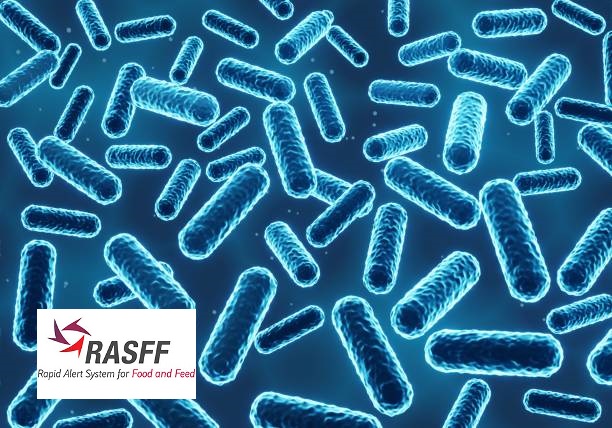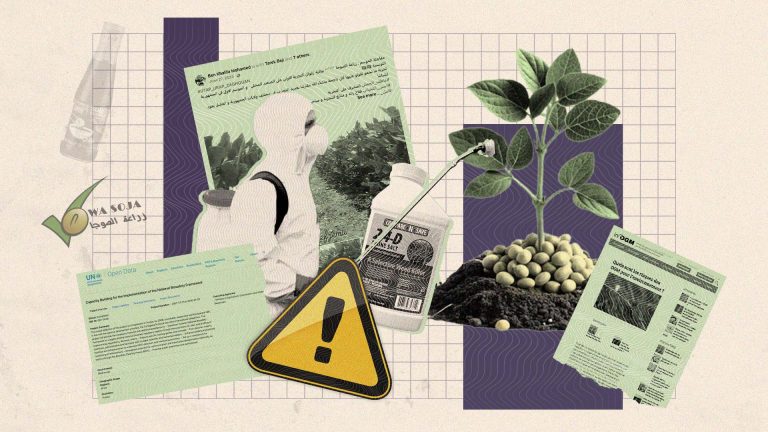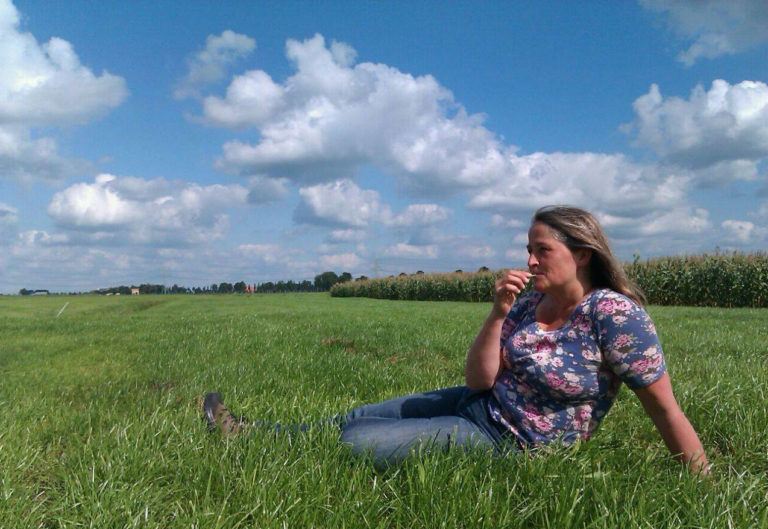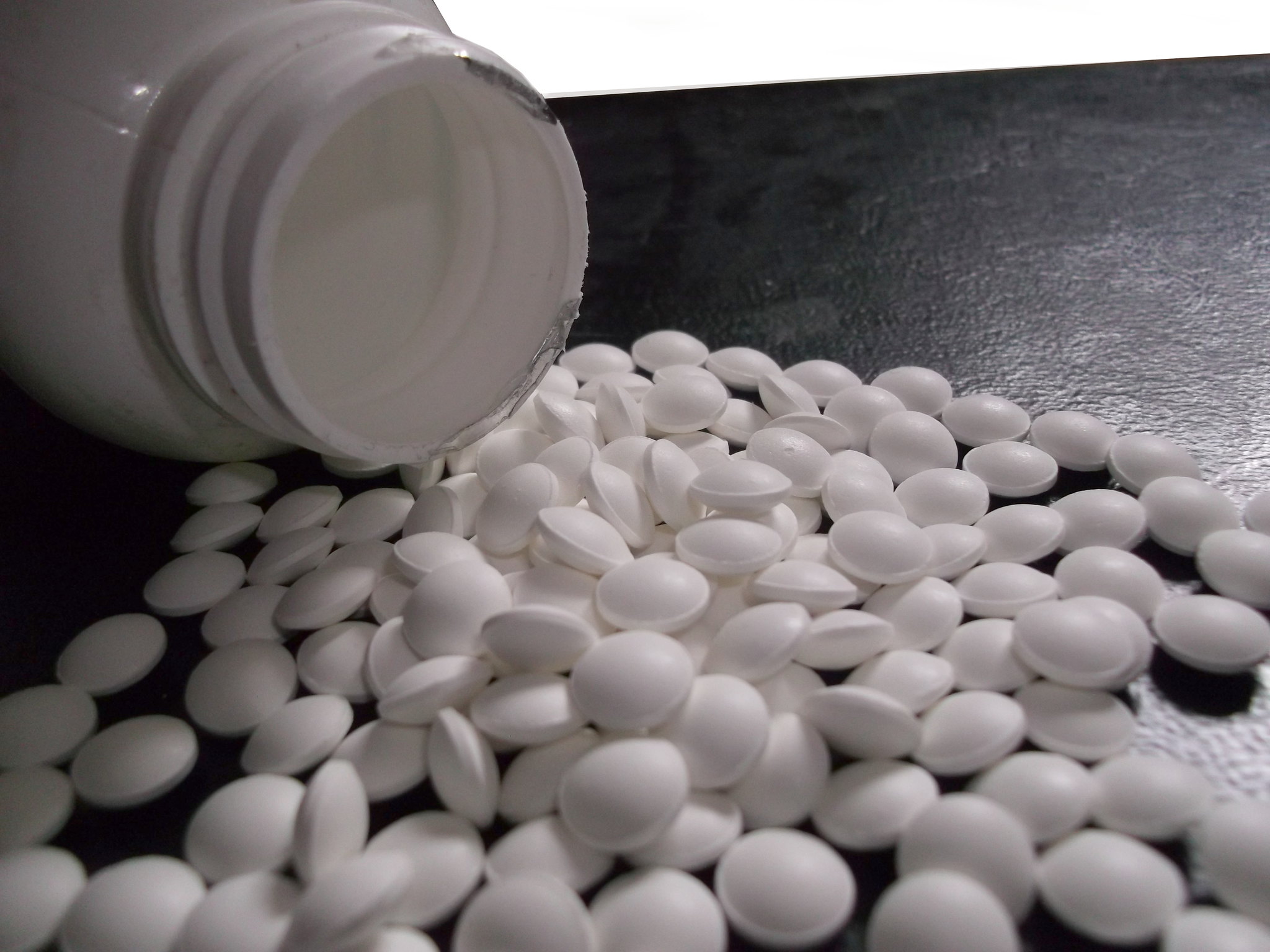News
Illegal GMO plants and micro-organisms in Europe
Between 1 January 2021 and the present day, the European Union has had to deal with almost fifty cases of the illegal presence of GMOs on its territory. Most of the cases reported by the national authorities involve GMO plants originating in Asian countries such as Vietnam and Thailand, but also in other countries such as Ukraine, the United States and, more surprisingly, France… GMO micro-organisms have also been detected in batches of food additives used in human and animal nutrition.

In the European Union, the market is monitored by the national authorities who, via the Rapid Alert System for Food and Feed (RASFF), alert the other Member States and the European Commission to cases of proven or potential illegal cross-border marketing (batches held at the border and returned). If these detections of illegal GMOs involve production and marketing in one and the same country, the alert is not necessarily issued. Although it does not cover all detections of illegal GMOs, the RASFF online database gives an idea of the various types of contamination, with information provided on both cases of contamination by an identified GMO and contamination by unidentified GMOs.
Top contaminants: GM rice and papaya
Accounting for half of all cases of contamination since 1 January 2021, GM rice is the plant most frequently found illegally in Europe or at borders (see table 1). The RASFF system does not specify the nature of the transgenic event(s) found in these rices. It is therefore not possible to carry out a more detailed analysis. Nevertheless, illegal GM rice has been a problem in Europe since 2006, i.e. for almost two decades now. As Inf’OGM pointed out in 2023, only the golden rice authorised for commercial cultivation in 2021 in the Philippines had been grown in small areas. Authorisation for this rice was revoked by the Supreme Court of the Philippines in early 20241. In addition to this rice, “several varieties of transgenic rice have been authorised for cultivation in the United States (LLRICE06, LLRICE601, LLRICE62), China (GM Shanyou 63, Huahui-1/TT51-1) and Iran (Tarom molaii)”. But Inf’OGM stressed above all that, “according to our information, they have not been grown commercially“. Although officially not authorised for cultivation, GM rice is nevertheless contaminating the European Union.
The geographical origin of these GM rice contaminations varies between several countries, but the majority of cases originate on the Asian continent (see summary table 2 at the end of the article). Vietnam appears to be the main source of GM rice contamination in Europe, with 12 of the 24 cases involving rice. Next comes China, with 5 of the 24 cases. Thailand (1 case), Singapore (1 case) and India (2 cases) complete the list of Asian countries. As far as China is concerned, the situation has been the subject of several meetings between EU Member States and even on-site missions. The latest discussions on the subject, in 2022 and 2024, reflect simple administrative and analytical management, with no undue concern on the part of the Member States2.
More surprising in terms of countries of origin of contamination, the presence in the RASFF of the Netherlands, Belgium and France. In the case of France3, this relates more specifically to the detection of GMOs in two rice-based products, “M&Ms Crispy” and rice flour in “cereals and bakery products“. Although France is indicated as the country of origin, the contamination alert involves twenty other countries as operators, distributors or countries to be monitored, nine of which are not European Union countries4. This is evidence of the globalisation of the movement of food products and components.
Like GM rice, transgenic papaya is also a GMO that has been contaminating the European Union for a long time. After Greenpeace warned in 2004 that a research station in Thailand was selling transgenic papayas without authorisation, the European Union is regularly faced with cases at its borders. Since 1 January 2021, ten alerts have been issued. The GM papayas detected came from Thailand (6 of the 10 cases), Cambodia (3 cases) and Brazil (1 case).
| Organisms | Number of cases |
|---|---|
| Rice | 24 |
| Papaya | 10 |
| Micro-organism | 5 |
| Soya | 4 |
| Not specified | 3 |
| Corn | 1 |
| Total | 47 |
US and Ukrainian soya, GM micro-organisms…
As well as the usual rice and papaya, transgenic soya has also been the cause of four alerts since 1 January 2021. While one case originated in the United States, the other three involved transgenic soya from Ukraine. Poland is the Member State that has issued the alerts following analyses of batches of soya intended for animal feed at its borders. While the two alerts carried out in 2021 showed no proportion, the alert carried out on 15 March 2024 showed 47,49% contamination in the batch or batches analysed.
While three cases of contamination detected and reported to the European Union did not specify the organism involved, five other alerts concerned micro-organisms. In all five cases, these were genetically modified micro-organisms grown in fermenters to produce food additives. If the import or production of such and such an additive is authorised, the necessary condition for their marketing without GMO risk assessment or labelling is that the GMO micro-organism used to produce them is absent from the batches.
France issued an alert in 2021 following the detection of illegal micro-organisms in batches of protease, an enzyme used as a food additive in human nutrition. The RASFF indicates that no batches were distributed by France5. France also issued another alert in 2021 for another protease, whose batches from China were found to be contaminated6. As the detection was made following checks “on the market“, the RASFF specifies that products were recalled from consumers and batches withdrawn from the market. Three marketed products are indicated, all three in the field of “additives for human consumption” or “dietetic foods, food supplements and fortified foods“. They are “PROTEASE 100,000 UNITS/KG” and “Mucopure” and “MCP30” food supplements. A third alert, also issued by France, also concerned batches of protease from China7. This time, the batches in question were exclusively “food additives” withdrawn from the market after being recalled from consumers.
A fourth alert, issued in 2021, again by France, concerned another type of enzyme, transglutaminases8, used in the food industry such as baking, again from China. The incriminated products are indicated as having been “retained by the controller“. The last alert in 2022 came from Belgium, which detected GMO micro-organisms in batches of phytase, an enzyme used as a food additive in animal feed9. The products were withdrawn from the market.
Although these 47 alerts sent to the European Union by Member States appear to represent a small number of cases in three and a half years, they show that for rice and papaya, the passage of time does nothing to stop the contamination that appeared twenty years ago. At the same time, cases of contamination by micro-organisms are also on the increase, a situation that is all the more worrying given that some of them are found in marketed food products.
| Year | Geographical origin | Organism | Number – case per case | Total number of cases |
|---|---|---|---|---|
| 2024 | China | Rice | 2 | 8 |
| Not specified | 1 | |||
| Ukraine | Soya | 1 | ||
| South Korea | Not specified | 1 | ||
| Vietnam | Rice | 2 | ||
| Thailand | Papaya | 1 | ||
| 2023 | Vietnam | Rice | 8 | 13 |
| China | Corn | 1 | ||
| Thailand | Papaya | 2 | ||
| Netherlands | Rice | 1 | ||
| India | Rice | 1 | ||
| 2022 | Cambodia | Papaya | 3 | 13 |
| Thailand | Papaya | 2 | ||
| Rice | 1 | |||
| Brazil | Papaya | 1 | ||
| United-states | Soya | 1 | ||
| Vietnam | Rice | 2 | ||
| China | Rice | 1 | ||
| Singapore | Rice | 1 | ||
| Belgium/ Bulgaria | Micro-organism | 1 | ||
| 2021 | Ukraine | Soya | 2 | 13 |
| China | Rice | 2 | ||
| Not specified | 1 | |||
| France / Chine | Micro-organism | 2 | ||
| Belgium / China | Micro-organism | 1 | ||
| Belgium / India | Rice | 1 | ||
| Thailand | Papaya | 1 | ||
| France | Rice | 1 | ||
| Netherlands | Rice | 1 | ||
| Unknown | Micro-organism | 1 |
- This news item will be the subject of a forthcoming Inf’OGM article. ︎ ↩︎
- Meetings of the Standing Committee on Plants, Animals, Food and Feed, GMO Section, on 16 February 2022 and 26 April 2024. ︎ ↩︎
- Alert RASFF 2021.4146 ︎ ↩︎
- Andorra, Austria, Belgium, Czech Republic, Denmark,, Germany, Greece, Iraq, Ireland, Italy, Mauritius, Myanmar, Netherlands, Poland, Qatar, Romania, Senegal, Turkey, Ukraine, United Kingdom. ︎ ↩︎
- RASFF Alert 2021.1641 ↩︎
- RASFF Alert 2021.6319 ︎ ↩︎
- RASFF Alert 2021.4764 ↩︎
- RASFF alert 2021.6769 ↩︎
- RASFF alert 2022.2296 ↩︎












